#1373 to 1377 - Marine organisms and a bonus spider and spider parasite
#1373 - Armina sp. - Pinstripe Sea Slug
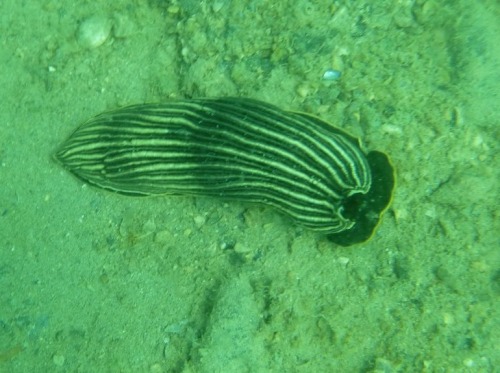
Managed to get some snorkeling in this season, and @gemfyre spotted this unusual sea slug during a group outing to the Kwinana Grain Terminal, a long jetty sticking out into a shallow sandy bay.
The Arminidae are unusual for nudibranchs in that they don’t have visible external gills, but that might be because they spend time buried in the sand, which is not something you want to clog up your gills with. Their diet is pretty specialised too - they only eat sea pens and sea pansies, colonial cnidaria that also live in sandy areas. An Armina eating a sea pen can be quite spectacular, since the sea pens give off a flash of bioluminescence each time the slug takes a bite.
#1374 - Acetabularia sp. - Mermaid’s Wineglass
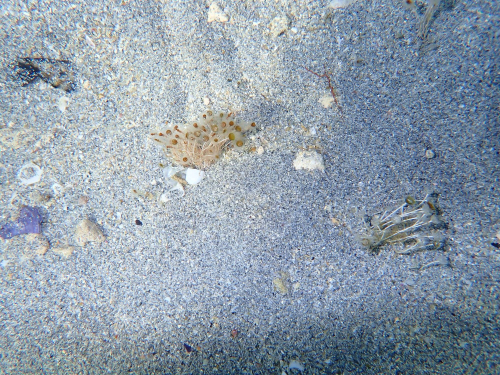
Most likely Acetabularia caliculus. AKA Umbrella Alga
Spotted by Frances Hammond while they were snorkeling at Woodman Point. I was excessively excited to see the photo, since I didn’t know Acetabularia even grew around here. It’s most common in tropical seas, but extends into warm temperate areas as well, which explains why we have it this far south.
It might not look like much, since each stem is only 3 or 4 cm long, but the fascinating thing about it is that each thallus is a single cell, with the nucleus down in the rhizoid. That makes it a wonderful test subject for studies of cell biology, and from the 1930s-1950s Joachim Hämmerling’s experiments proved that Acetabularia’s genetic information is contained in the nucleus. This was the first demonstration that genes are encoded by DNA in eukaryotes.
#1375 - Arachnura higginsi - Scorpion-tailed Spider
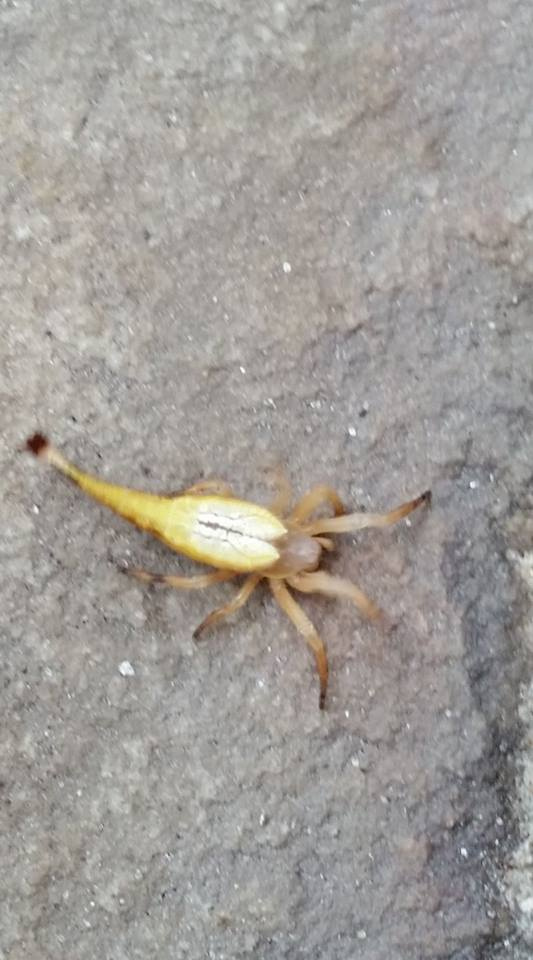
Spotted by Steve Johnson, near Sydney, and posted to the Australian Pest Manager’s Facebook group where it was promptly identified as a freshly-molted scorpion *facepalm*. Not quite as egregious as Facebook’s tendency to ID any black hairy spider from anywhere in Australia as a Sydney Funnelweb, but still.
Anyway, this small orbweaver is also known as the Tailed Spider or Scorpion Orb Weaver, and is quite common is bushland and gardens across southern Australia. But because the females are 16mm long, and the males less than 3, they’re not often noticed, despite their unique appearance. Colour may be brown, yellow, bright orange, or red and deep purple.
They do wave the tail around threateningly in response to high-pitched noise and other disturbance, but they’re completely harmless.
#1376 - Yet more Ogcodes!
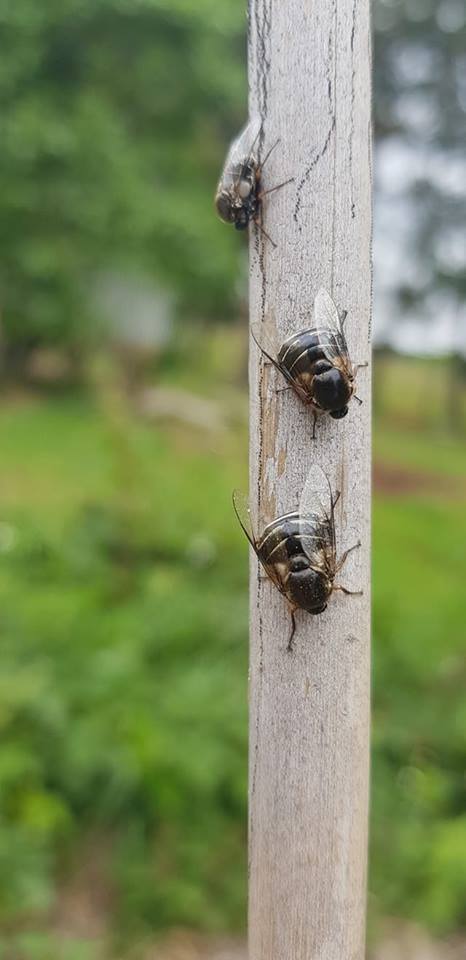
Photo by Catherine John, in Ballarat, Victoria
One of the great things about the proliferation of smartphones, and especially the ones with decent macro lenses, is you get a vast increase in the number of photos of obscure invertebrates. Actually getting a correct ID on them is another thing, but I’ve talked with various experts and they agree that it’s gratifying to see how many amateurs are actually interested in this sort of thing, and post them to relevant Facebook groups.
That said, I have no idea why three of the adults would just be sitting around in one spot.
#1377 - Maritigrella fuscopunctatus - Dusky Spotted Flatworm
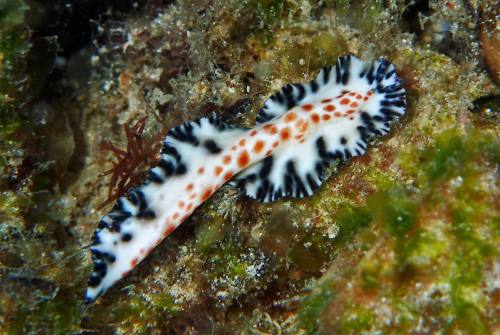
AKA Eurylepta fuscopunctatus, and Pseudoceros fuscopunctatus. Another discovery by Andrea Watts at the Omeo Wreck here in Perth.
Initially I thought it was a nudibranch, going by the vivid colours, but I was quite wrong - it’s actually a Euryleptid flatworm.
Euryletids are free-swimming, active carnivores and scavengers, and feed by enveloping encrusting sponges and ascidians and pushing their stomach out through the mouth, which is also their anus.
They generally glide over the sea bottom but are also capable of swimming short distances by undulating their sides. Common in shallow waters from Perth to Geographe Bay, but the colours and pattern can be surprisingly variable. The middle of the body may anything from orange to orange-brown to cream spots in a broad to narrow honeycomb pattern, or a single row of orange dots. Around the edges it can have large purple black (or sometimes creamy brown) spots (or blotches or sometimes as transverse lines) extending from the medial area in rows.